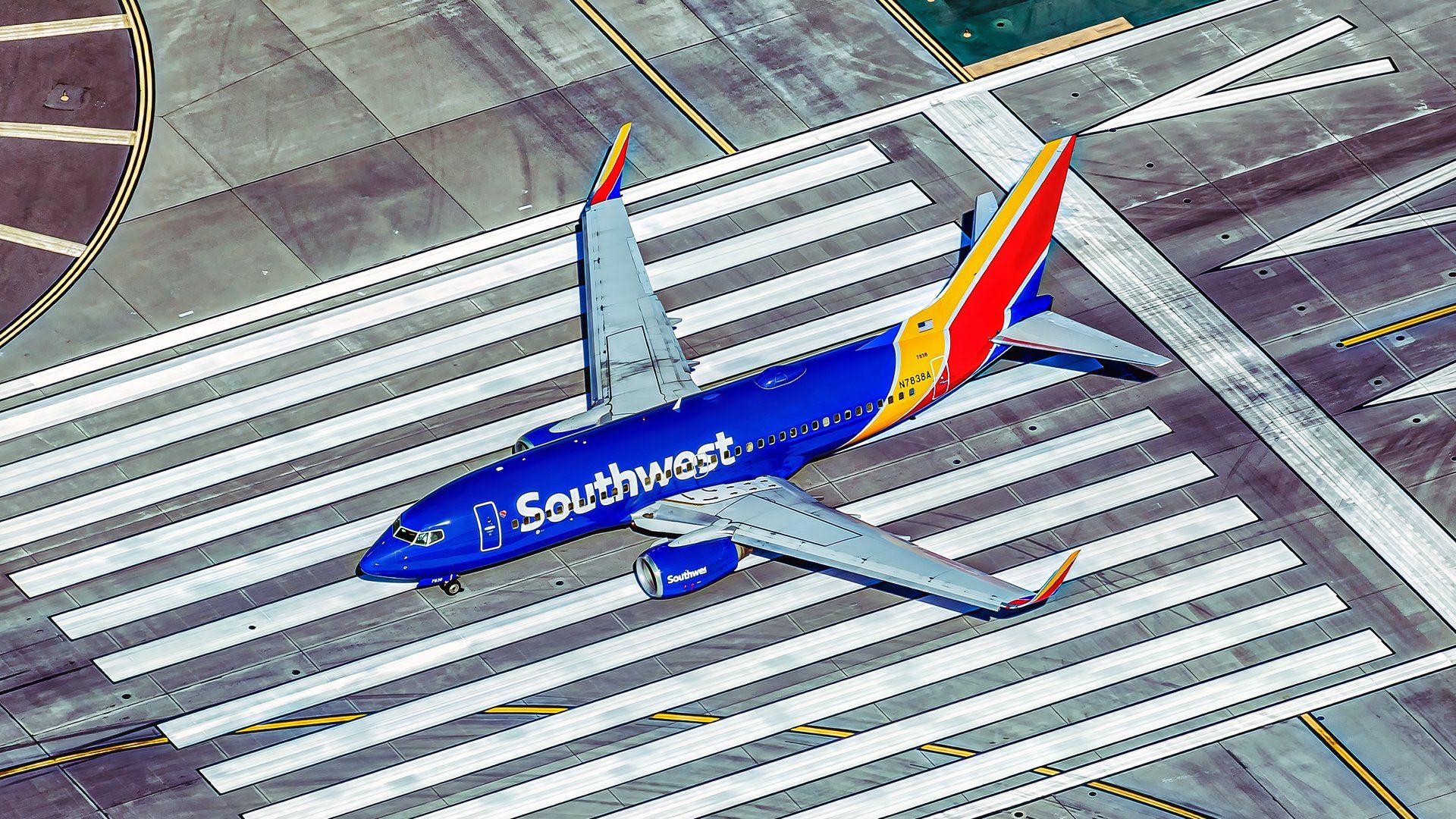Southwest Airlines, the fourth-largest airline in the United States by passenger numbers, has disclosed its routes with the lowest passenger load factors. According to data from the US Department of Transportation (DOT), the airline’s overall seat occupancy stood at 77.8% for the year ending August 2025, with a remarkable 83% of its international capacity filled. Despite this strong performance, some routes have significantly underperformed, revealing challenges for the carrier.
Analysis of Underperforming Routes
An analysis of Southwest’s network from September 2024 to August 2025 highlights the ten routes with the lowest load factors. It is important to note that this analysis focuses solely on routes with a minimum of 900 passengers to provide a clearer picture. Among these, the route from Colorado Springs to Cancun had the lowest load factor, filling only 35.7% of its seats. This route, which initiated operations in June 2025, reported just 918 of its 2,574 seats filled over nine round-trip flights between June 7 and August 2.
Other routes in the bottom ten include:
– Long Island to Miami: 39.0% load factor, initiated November 2024
– Kahului to Lihue: 39.1% load factor
– West Palm Beach to Orlando: 41.6% load factor, started August 2025
– Honolulu to Kahului: 45.5% load factor, with a significant overall traffic of 559,506 passengers
While the low load factors may seem discouraging, some of these routes are relatively new, suggesting that they may require more time to establish demand.
Hawaii Operations and Strategic Importance
Since entering the Hawaiian market in 2019, Southwest has carried approximately 4.0 million passengers to, from, and within the state, accounting for about 2.4% of its total traffic volume. In the past year, its overall load factor for Hawaii reached 89.4%. However, the airline’s intra-Hawaii operations have not performed as well, with a load factor of just 51.9%.
Despite competitive pricing aimed at challenging established carriers like Hawaiian Airlines and Alaska Airlines, Southwest’s intra-Hawaii traffic has remained relatively stable compared to the previous year, though capacity was reduced by 8%. This reduction resulted in a slight increase in load factor, moving from 47.0% to 51.9%. The long-term strategic importance of Southwest’s inter-Hawaii operations remains uncertain, raising questions about potential future cuts.
Overall Performance Insights
During the same period, Southwest operated flights to 117 airports. The route to Havana recorded the lowest overall load factor at 51.7%. Following this trend, Southwest ceased operations to Cuba in August 2025. The airport of Hito, served since January 2020, also showed poor performance with a 61.6% load factor, although it maintained a notable passenger count of 397,900.
Southwest’s performance metrics highlight a mixture of successes and challenges within its network, particularly regarding new routes and intra-state operations. As the airline continues to evaluate its strategy, it remains to be seen how it will adjust its offerings to improve load factors and overall profitability.
